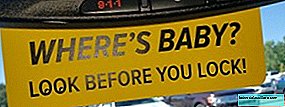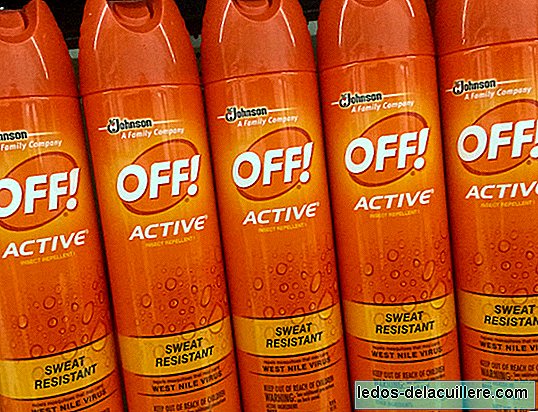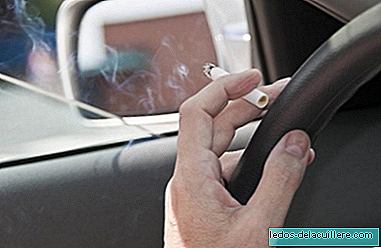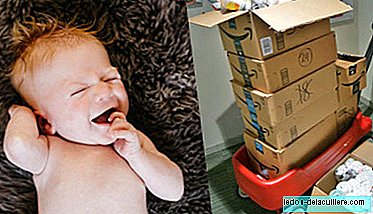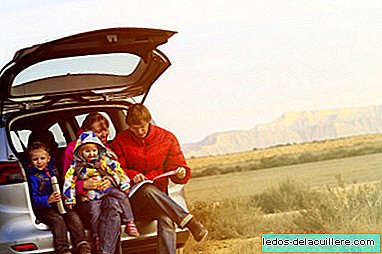
When choosing a car seat for our baby, safety comes first. We know that regulations require you to always choose approved retention systems and that babies under 15 months must travel in the opposite direction to the march, but there are also Other key factors to choose the car transport system more suitable and reliable. We give you the keys to find the ideal seat and practical information to help you decide.
Factors to consider when choosing and assembling the car seat
With Isofix system. The correct installation of the car seat is a key factor for the safety of our children. The Isofix system reduces the most common mistakes when installing car seats. It is an anchoring system that facilitates the installation of the car seat for children safely, and reduces the risks of errors in its assembly and use by up to 95%. In addition, it provides greater security, especially in cases of sudden braking or impacts. The installation is very fast and simple and the bases with Isofix system have a third anchor point that ensures greater stability in case of impact. In the event of a frontal collision, for example, the Isofix system prevents the chair from shooting forward and reduces the head travel forward, while the belt has an elastic mechanism with an extra travel of up to 15cm.
Side head protection. It is an important extra, since it offers the great advantage of having a protection system for the child's head in the car. Children between 2 and 4 years are more likely to suffer head injuries in case of impact. Car seats that have this system are much safer than those without it. If you choose a height-adjustable car seat to last longer, make sure it has the built-in side head protection.

How can we succeed in the purchase
Avoiding impulse buying and following certain basic guidelines before purchasing the car seat can save us many headaches. We just have to follow 3 simple steps in the purchase establishment:
Check the instructions for use. We must ensure that your retention system is compatible with our vehicle. Many cars do not accept, for example, the Isofix system. To do this, we must request that they teach us the instructions of use and assembly before making the purchase.
Test the car seat on site. Take the child with you to the shopping establishment to check your comfort and adaptation.
Check that the assembly is safe and simple and that we understand the instructions. 43% of parents use the car seat incorrectly. To avoid assembly and use errors, request that you have a demonstration of assembly on site before purchasing the chair. Then repeat the steps under the supervision of the technician. This way we will be sure that the first time we mount it alone, we will do it well.
We already have the chair, recommendations to follow:
Follow the assembly instructions. This seems obvious, but it is a step that is often overlooked. The DGT recommends always installing car seats following the specific instructions of each manufacturer.
Experts recommend placing the chair in the central seat at the back of the car. It is common to observe car seats for babies in the back seat of the car, occupying the seat opposite to the driver's seat. However, specialists ensure that the central seat is the safest because it reduces the risk of injury in the event of a side impact.
Adjust the straps correctly to the child's body. Straps that are too loose will be ineffective in the event of an accident and tightening them too much could harm the child.
Use the car seat only for the car. Try to uninstall and move it as little as possible, to avoid errors in the assembly or postures that prolonged in time can put the baby's health at risk.
Never more than an hour and a half. It is the recommendation of pediatricians for babies who still do not have enough strength to keep themselves seated. At that age, children should sleep and remain lying. The moment we sit them in a chair (especially if the position is not correct), your body flexes on itself and makes breathing difficult. If the head also falls forward and the chin comes to rest on the chest, the difficulty of catching air is much greater. If that position is not remedied, it could result in postural asphyxia. This is another reason why the retention devices for the car should be used only for the car, and not as substitutes for the crib or stroller.
Maintenance rules Pay attention to the manufacturer's instructions to keep the car seat for children in good condition. Most of the textiles in these chairs accept that they be washed, according to the instructions on the maintenance label. The instruction manual usually contains detailed instructions on how to remove the covers.
When to change groups. Our children are growing in age, height and weight. Consequently, there comes a time when the car seat will remain small to continue traveling safe and comfortable in it. Children need a retention system that fits each age, size and weight to protect them. In addition, we must use each group according to its own characteristics: direction of travel or reverse direction, with harness or seat belt, etc. For this reason, car seats for children are divided into different groups, according to international homologation standards. He Group 0 it is up to 10 kg (newborns up to approx. 12 months), Group 0+ up to 13 kg (newborns up to approx. 18 months), Group 1 for children between 9 and 18 kg (12 months to approx. 4 years), Group 2 from 15 to 25kgs (approx. 3 to 6 years) and Group number 3 from 22 to 36 kg (approx. 5 to 12 years). Children over 12 years of age will use an approved system appropriate to their weight and height or safety belt.
Reuse a car seat. As a general rule, each child must use their own car seat and it is not advisable to buy second-hand car seats. Children's car seats already used by older siblings may be reused, as long as we are sure that they have not suffered any damage. Both the structure of the seat and the seat itself must not present any tearing, deformation or breakage. The straps should also not show tears, be visibly worn or have ripped edges. In addition, used car seats may have no visible damage or cause unexpected failures.

Evolutionary chairs that adapt to the child's growth and weight are a good purchase option. The chairs of Group 0 + / 1/2 for transport in the car, such as the car seat Chicco Seat Up 012In addition to meeting all the requirements described above, they accompany the child from birth to 25 kg, adapting to all their needs at each stage of their development from 0 months to 6 years. In addition, its recline in 4 different positions, offers a wider range of positions to make travels much more comfortable and safe.

A 3-in-1, multifunctional and evolutionary chair that allows its installation in the opposite direction to the march until the 13 kg and later, will accompany your little one until the 6 years of age.
In Chicco Moments
Avoid the most common household accidents for your baby
Ideas to entertain the kids on vacation: what toys do I choose?
Get ready to spend the whole day away from home with your baby
Photos | iStock / Nadezhda1906.


